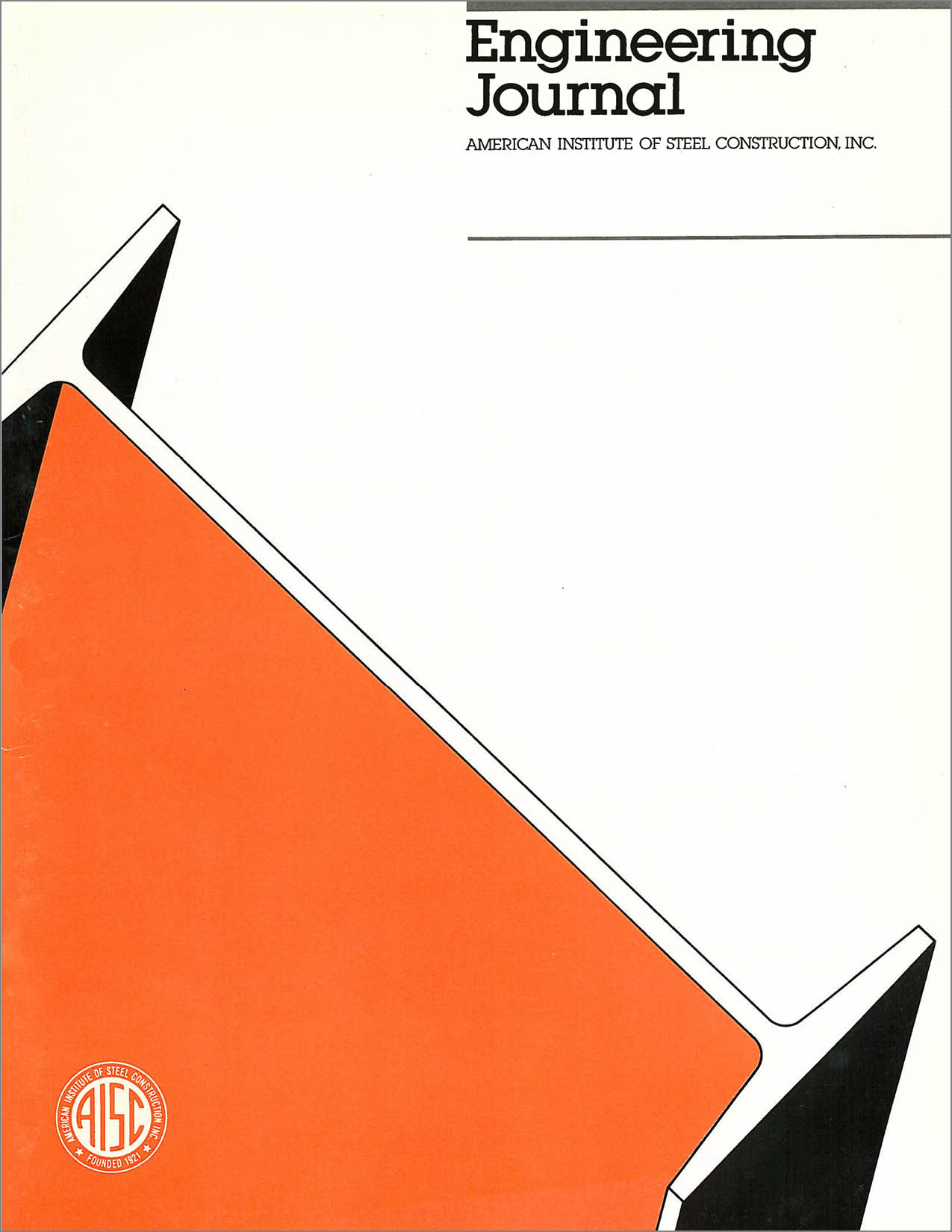A Novel Approach for K Factor Determination
DOI:
https://doi.org/10.62913/engj.v29i4.597Abstract
Current specifications for the design of steel members and frames in the U.S. make extensive use of the effective length factor, K. The effective length factor is employed in the member interaction equations to facilitate the design of framed members by transforming an end-restrained compressive member to an equivalent pinned-ended member. In frame design, the effective length factor can also be regarded as a parameter which emanates the stability interaction effect among various members of the frame. At present, the effective length factor K for a framed member under compression is determined from a pair of alignment charts. Although the charts provide an easy and a convenient means for designers to evaluate the K factor, the models used in the development of these charts embody a number of assumptions which are not readily realized in actual situations. As a result, the K factor so obtained is often inaccurate.

